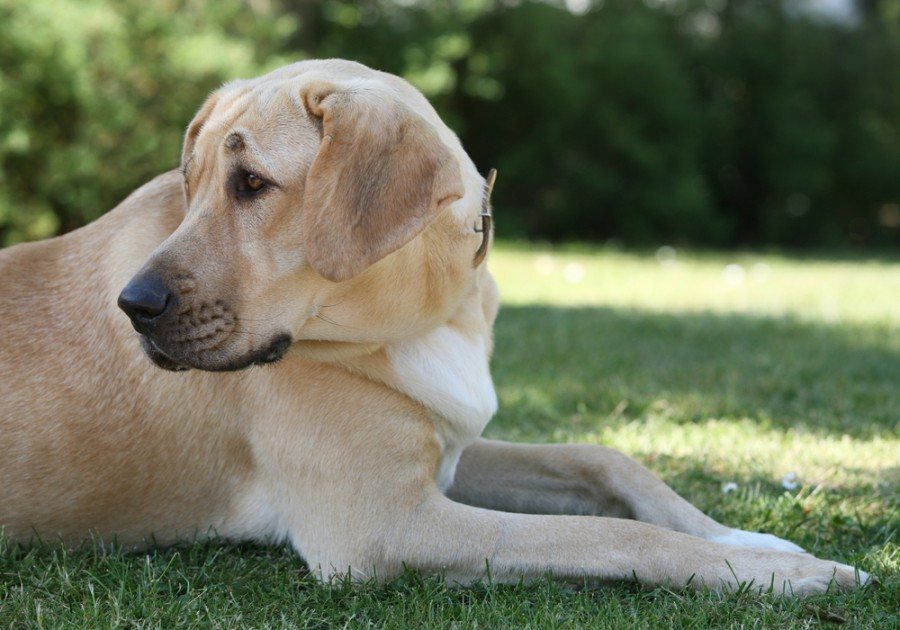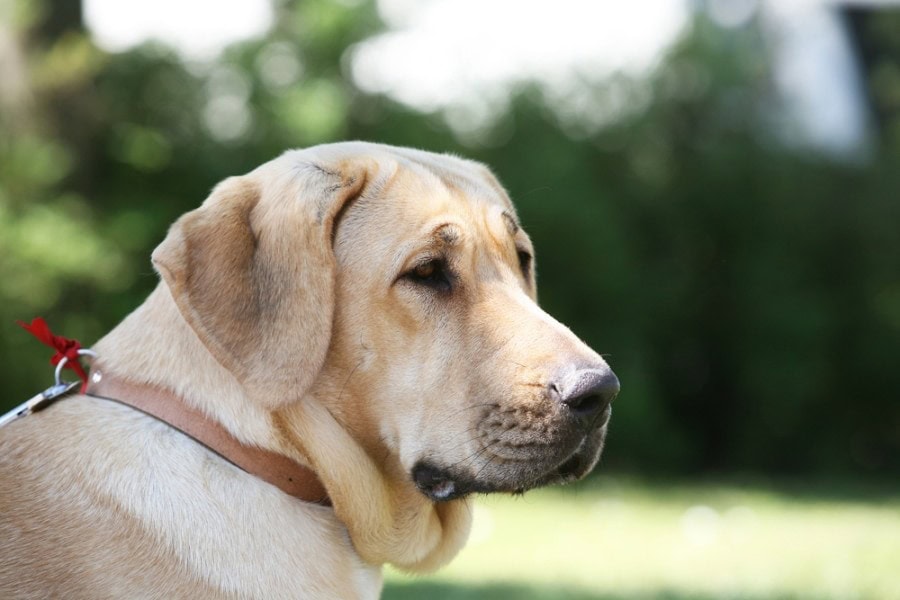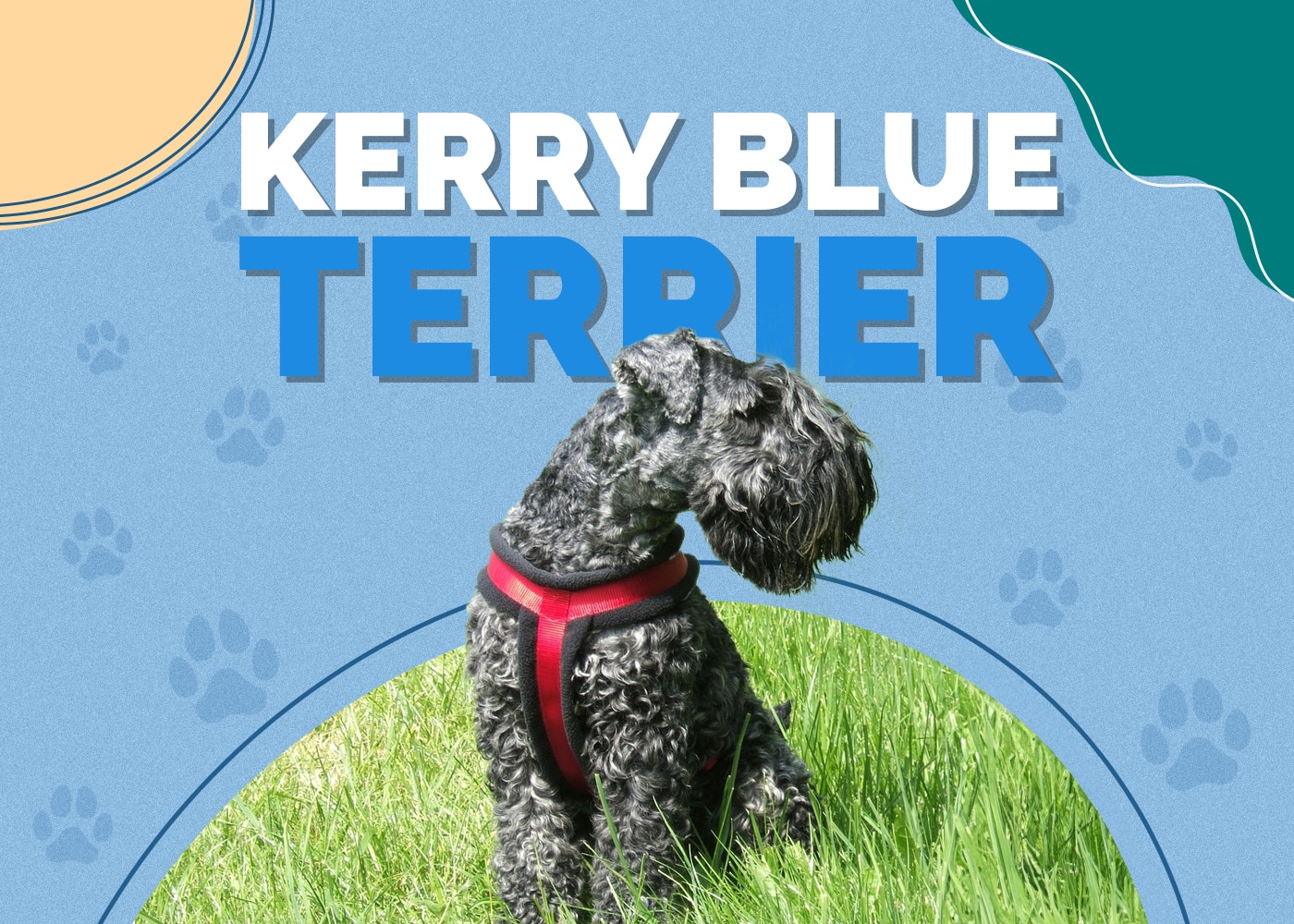Broholmer: Info, Pictures, Characteristics & Facts

Updated on

Height:
22-26 inches
Weight:
90-160 pounds
Lifespan:
8-12 years
Colors:
Brown, black, white
Suitable for:
Affectionate and attentive owners, active owners, families without young children, homeowners with large yards
Temperament:
Calm, Even-tempered, Protective, Loyal, Affectionate
The Danish Mastiff, also known as the Broholmer, is a large and powerful dog with a large, broad chest, a short coat, and a dominant, confident stance. These pups were bred to be guard dogs, and their intimidating appearance fits that role perfectly.
Despite how they may appear, this breed is affectionate toward family members, is generally good with children, and is anything but aggressive.
The Broholmers are a gentle giant with a lot of love to give, and they do best living with families where there will always be someone to play with and get some attention from. They’re moderately active and playful, and they’ll add a lot of personality to any family.
Broholmer Puppies

Before heading out to a breeder to pick up your adorable Broholmer pup, remember that this is a large dog breed. As small and adorable as they are when they’re puppies, Danish Mastiffs can often top 150 pounds when fully grown! Make sure you have space inside and outside for them to live, play, and exercise comfortably.
You also need to be prepared for regular and ongoing training with these dogs. Broholmers are pack dogs, which means they will be very aware of the natural pecking order in your home. You need to be prepared to train your dog starting from puppyhood to establish dominance, and you’ll need any family members to take part in training as well so your Broholmer will understand their place in your home. They will happily take the leadership role if not established by you or another family member.
Lastly, although these dogs are often expensive on their own, you also need to be prepared to keep up with the dietary needs of a dog this large that grows so rapidly. Food costs can quickly add up with such a large pup, so make sure you consider this ongoing cost before committing to this breed.

Temperament & Intelligence of the Danish Mastiff 🧠
Danish Mastiffs are known as gentle giants because their large size and distrust of strangers pale in comparison to their affection toward their families and their willingness to please their owners. They are calm dogs that have a lot of love to give.
They will love spending time with their owners, and their personalities will make them feel more like a family member than a family pet. They are loyal and obedient with proper training, and they will always seek to protect you, your family, and your home.
Are These Dogs Good for Families? 🏡
Broholmers make excellent family pets, as they have an abundance of love and affection to go around! They can be wary around strangers, but they will always be friendly and playful toward those they know. In fact, given their energy levels and adoration of human interaction, these dogs do best in families where there is always someone around to give them love and attention.
Broholmers are good with children, but they’re not recommended for homes with small children for two reasons. First, these are large dogs that sometimes don’t know they’re own strength, so it’s possible a small child could get hurt during playtime. Second, these are calm dogs, and rambunctious children may accidentally hurt them. They will never show aggression toward kids, but it’s best to introduce them to homes with grown children who will know how to play safely with your pooch.
The Danish Mastiff is a pack dog, which means they will want to be an integral part of a close-knit family. Your pup will crave human interaction and will want to be included in everything your family does. They are a bit on the sensitive side as well, so they may be sad to see family outings taking place without them.
Does This Breed Get Along with Other Pets? 🐶 😽
Broholmers will generally get along well with other dogs, and this includes other dogs in your home and those they may meet on walks or at dog parks. Familiarizing your pup with other dogs early and often is key, so with proper socialization, you shouldn’t run into any issues with other dogs.
Danish Mastiffs have a very low prey drive, so you also shouldn’t have any problems introducing them to your cats or other small animals. You should always keep an eye on your pup when they’re playing or interacting with smaller animals, as they are large and could unintentionally hurt a small pet. However, your dog will never be purposefully malicious toward your other pets.

 Things to Know When Owning a Broholmer:
Things to Know When Owning a Broholmer:
Food & Diet Requirements 🦴
As a large dog breed, you can expect Broholmers to be heavy eaters. You should plan to feed your gentle giant around three cups of food a day, and you should choose a food that is formulated for large breeds with moderate energy levels to ensure they get the proper nutrition.
These dogs have a tendency to overeat and gain weight if you let them, so if you notice your dog uncharacteristically gaining weight, take them to the vet to get an idea of the exact food volume you should be giving to your canine friend.
Lastly, Danish Mastiffs are unfortunately prone to Gastric dilatation-volvulus, more commonly known as bloat. This is a serious medical condition that can lead to death, and while it’s not completely preventable, avoiding exercise immediately after eating or drinking can help limit the chance of it occurring.
Exercise 🐕
The Broholmer is moderately active, and in addition to playtime in your house or your yard, you should plan on about 45 minutes of exercise each day for your pup. This is best accomplished with a brisk walk on soft surfaces, as these pups are prone to joint issues that can be exacerbated by exercise on asphalt or cement. Especially as puppies, you should avoid exercise on hard surfaces whenever possible.
These pups are also intelligent and will enjoy some regular mental stimulation in addition to their physical exercise. Puzzle toys and games like hide and seek will keep your pup’s mind sharp and help bring down their energy level a bit.

Training 🦮
Broholmers are smart and will pick up on new commands and tricks quickly. They’re also always ready to please their owners, and these traits combined lead to an obedient and fast-learning pooch!
As we mentioned earlier, all family members should agree to be a part of training, as Broholmers are pack dogs and will only listen to those that establish dominance. They’re highly obedient to those they see as leaders, and they’ll likely ignore commands from those who don’t work to take a high place in the family’s pecking order.
Additionally, you’ll need to continue training and establishing your dominance continuously. These dogs are prepped for changing pack conditions and roles, so if you slack on your training even into your dog’s older years, they’ll likely take that leadership role from you. You especially want to avoid this given this dog’s size and strength.
Grooming ✂️
With a short, straight coat, grooming for this breed is quick and painless. You should give your pup a brushing about once a week with a wire brush to remove loose fur and prevent matting, and bathing can be done about once a month unless your dog gets particularly dirty playing outside.
Beyond regular coat maintenance, you should keep your Broholmer’s nails clipped — if you can hear them click on concrete or hard flooring, it’s time to trim them! Lastly, brushing your pup’s teeth and wiping their inner ears out once a week will help prevent infection in both areas.
Health and Conditions ❤️
Surprisingly, this large, purebred dog doesn’t have many life-threatening health issues that are common. Of course, there are some problems below you’ll want to watch out for, and you should still schedule at least yearly vet visits for your pooch to make sure they stay in the best shape possible.
- Progressive retinal atrophy
- Entropion
- Ectropion
- Cataracts
- Hip dysplasia
- Elbow dysplasia
- Bloat
Male vs Female
Male Broholmers will tend to be larger and can weigh significantly more than females. Males will be a bit more energetic and tend to be more distrustful around strangers. Both sexes will be intelligent, affectionate, and playful, but males can be in the mood for some rough play more often than females.
3 Little-Known Facts About the Broholmer
1. They Date Back to the Middle Ages
The history of the Broholmer isn’t very well documented, but there is evidence that they date back to at least the fourteenth or fifteenth century. They were originally bred in Denmark as hunting dogs and were later bred as guard dogs. You’ll be bringing centuries of history into your home with this pooch!
2. They Have a Royal History
In the early twentieth century, King Frederick VII of Denmark owned a Broholmer and popularized the breed. The Danish Mastiff quickly became a standard and widespread breed with wealthy families in Denmark and the surrounding countries.
3. They Almost Became Extinct
Despite their popularity, the Broholmer dropped in numbers and nearly went extinct in the 1940s during World War II. A small group of people who adored the breed formed a group that focused on maintaining these dogs, and today the Broholmer population is still relatively small but stable.
 Summary
Summary
The Broholmer is a wonderful breed that has a lot of affection and love for their families. They often think of themselves as lap dogs despite their size, so as long as they get their required exercise each day, they’ll be happy to snuggle with you or your family members in the evening.
They crave human interaction and will see themselves as a part of your family’s pack, so they’ll want to be included in all family activities. They’ll also find their place in the pecking order of your home, so regular and ongoing training from all family members is essential.
These dogs are easy to train and have a lot of personality to bring to your family. As long as you have the time for training and exercise, the Danish Mastiff will make a wonderful pet for families of all sizes.
Featured Image Credit: Svetlana Valoueva, Shutterstock

 Things to Know When Owning a Broholmer:
Things to Know When Owning a Broholmer:
 Summary
Summary








